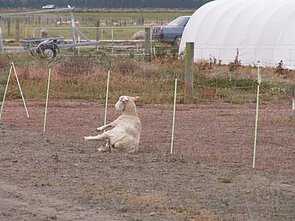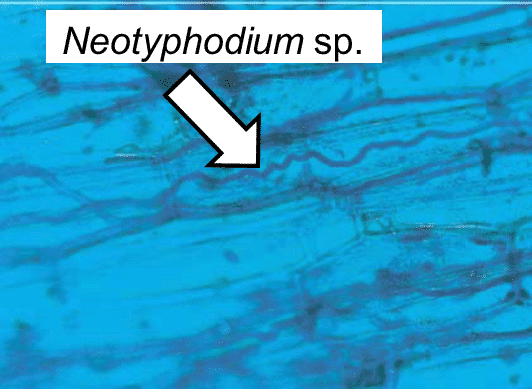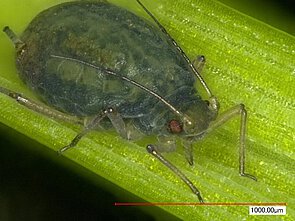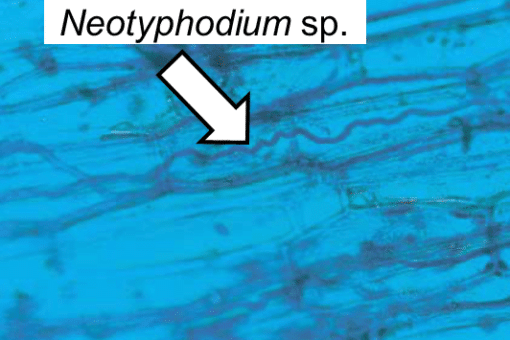Dependence of symbioses between endophytic fungi and grasses on land use intensity
Endophytic fungi in temperate grass species (Poaceae) produce alkaloids toxic to herbivores, which affect species communities and ecosystem functions. Depending on their composition and concentration, these alkaloids can be toxic to vertebrates (cows, sheep, horses) but also to evertebrates. However, knowledge about the distribution of such fungal-grass symbioses and their dependence on land use is largely unknown. There are also gaps in our knowledge about the influence of biotic and abiotic factors on metabolic products in alkaloid production and the influence of epichloë endophytes on other microorganisms.
In this project we want to investigate the occurrence of different Epichloë infected grasses and the alkaloid concentrations in the 150 grassland EPs of the Biodiversity Exploratories.
In the first stage of the project (DEFENSE I), samples of different grass species were collected and analysed for infections using immunoblot assays and staining methods. Furthermore, the different alkaloid concentrations were recorded with a UPLC-MS/MS. First results show that the alkaloid concentrations are well below the toxicity thresholds for herbivores. The effects of land use intensity and Epichloë infections on endophyte diversity in leaves of Lolium perenne will be determined by barcoding in cooperation with the University of Bochum.
In the second phase of the project (DEFENSE II), approximately 4000 samples of 8 different grass species were collected in 2017. In this project, too, the infection rates and alkaloid concentrations are to be determined. Changes in infection rates and alkaloid concentrations will be described. Some plots where grasses with elevated alkaloid concentrations were measured in 2015 will be sampled throughout the growing season in 2018 to detect potential peak concentrations. In addition, the alkaloid biosynthesis of the fungi will be investigated using PCR methods in cooperation with the Noble Foundation in the USA in order to identify possible regional chemotypes.
The following key questions based on the diversity of endophytic fungus-host grass symbioses and the ecosystem functions of the infected grasses will be answered. 1:
1. which endophytic fungus-host-grass symbioses are present on grasslands and are they influenced by land-use intensity?
2. are the alkaloid compositions and concentrations of the endophyte-grass associations in the Biodiversity Exploratories toxic to herbivores?
3. which pathway alkaloids are produced by the different fungus-grass symbioses and are they dependent on land-use intensity?
4. do Epichloë-infected grasses have an impact on other microorganisms associated with the grasses?













